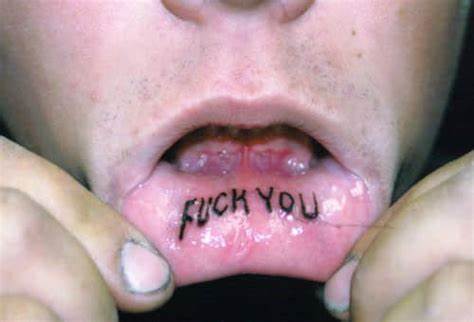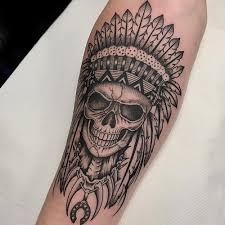
Understanding Pain
Our body’s nerves detect and send signals to our brain when tissue is damaged, and the perception of pain depends on various factors.
Pain Receptors
Pain receptors in our body send signals that can cause sharp or dull throbbing pain, depending on the type of nerve fibers involved. Neurons in the brain form networks and use chemicals called neurotransmitters to communicate and transmit pain signals.
Function of Pain
Pain serves the dual purpose of warning us about potential danger and amplifying negative emotions.
Pain During Lip Tattooing
Lip tattooing can be particularly painful due to the thin skin and many nerve endings in the lips. The level of pain depends on factors like the size and placement of the tattoo. Tattoo artists typically use topical numbing cream to minimize discomfort during and after the procedure.
Healing Process and Aftercare
After getting a lip tattoo, you can expect swelling and tenderness. Following the artist’s instructions, such as using sterile wipes and applying moisturizer, is crucial for optimal healing. Lips may darken and become dry and flaky, requiring regular moisturizing.
Healing and Recovery
As the lip tattoo heals, you may experience swelling, fluid discharge, peeling, and scabbing. These are normal parts of the healing process, but it’s important not to pick or rub the tattooed area to prevent premature fading and scarring. The tattoo will gradually fade back into its natural shade.
Importance of Aftercare
Proper aftercare is essential for faster healing and better results. Following the tips provided by your tattoo artist and discussing any additional recommendations will help your lips heal and enhance your appearance.

